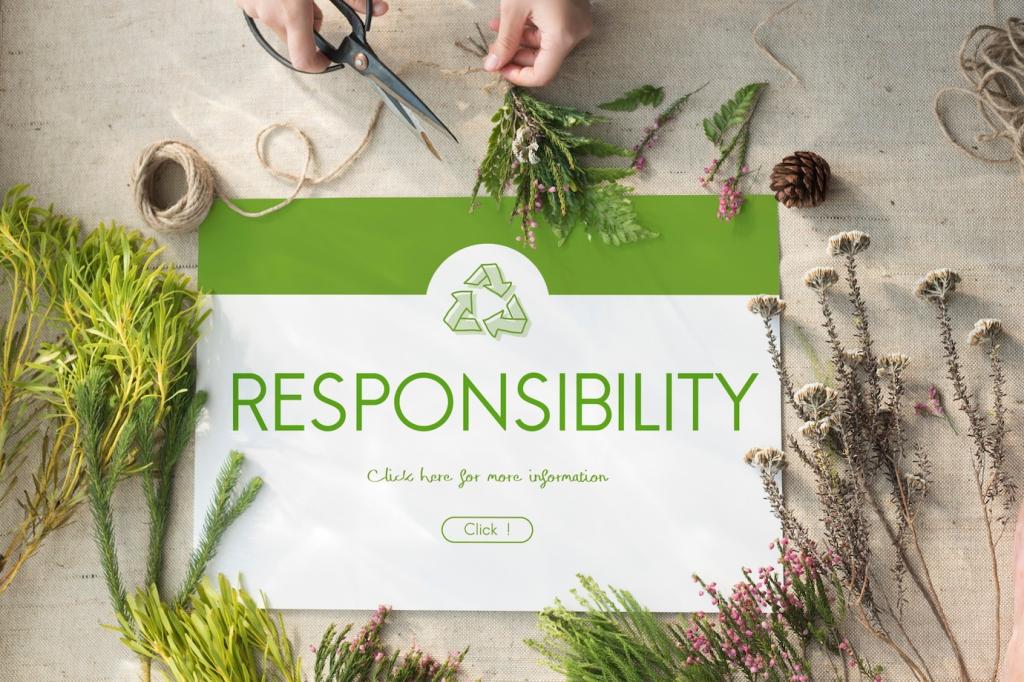
Sustainable Practices in Cloud Services: Build a Greener Cloud
Chosen theme: Sustainable Practices in Cloud Services. Welcome to a practical, hopeful guide for technologists who want lower emissions, lower costs, and higher resilience. Subscribe to follow monthly playbooks, and share your sustainability wins so the community can learn together.
Why Sustainable Cloud Architecture Matters Now
The Hidden Energy Behind Every Request
Every API call rides on servers, networks, and cooling systems. Data centers track PUE and WUE to reduce energy and water use, and grid carbon intensity shapes real emissions. Understanding this chain empowers smarter architectural choices today.


A Startup’s Pivot to Conscious Scaling
One startup cut monthly emissions and spend by right-sizing instances, moving batch jobs to cleaner regions, and enabling autoscaling. Their KPI, grams CO2e per user session, dropped 34% in a quarter without hurting latency. Share your baseline; we’ll compare notes.


Measuring What Matters: Baselines and Goals
AWS, Azure, and Google Cloud provide carbon estimation tools. Triangulate their results with workload telemetry and usage tags. Track trends monthly, normalize by transactions or revenue, and publish a simple, honest dashboard to keep leadership engaged.
Measuring What Matters: Baselines and Goals
Adopt mandatory tags for application, owner, environment, and purpose. Stream metrics to a central store that correlates cost, utilization, and estimated emissions. This transparency turns abstract sustainability goals into day-to-day engineering decisions your teams can influence.

Match compute to demand with event-driven architectures. Use concurrency limits and cold-start mitigation to balance performance and efficiency. Schedule heavy jobs for cleaner grid hours, and document trade-offs clearly so stakeholders understand your sustainability rationale.

Continuously tune CPU and memory requests to real usage. Improve bin-packing with cluster autoscalers and efficient runtimes. Consider ARM-based instances where compatible, and retire underutilized nodes. Publish before-and-after graphs to inspire your engineering peers.

Reduce data movement with CDNs, edge compute, and smart caching. Compress payloads, optimize image formats, and avoid chatty protocols. Less bandwidth means lower energy per transaction and better user experience, especially in regions with higher grid emissions.
Sustainable Data Lifecycle Management
Move cold data to archive tiers like Glacier or Azure Archive. Automate lifecycle transitions, encrypt at rest, and document retrieval expectations. The combination reduces cost, energy usage, and accidental overprovisioning for datasets rarely accessed.


Sustainable Data Lifecycle Management
Collect only what you truly need, and compress or deduplicate aggressively. Align retention with compliance, not fear. Fewer bytes stored and transferred directly translate to lower compute, network, and storage energy across your cloud footprint.

Choose Regions With Lower Grid Intensity
Compare regional grid carbon intensity and renewable penetration. For batch or training jobs, select cleaner regions when latency allows. Communicate the decision model so product teams understand performance implications and sustainability benefits clearly.

Time-Shifting Flexible Workloads
Schedule non-urgent processing during periods of lower emissions intensity. Use queues and cron to align jobs with greener energy windows. Track the difference, and report grams CO2e avoided to keep momentum visible across teams.

Balancing Redundancy and Footprint
Design multi-region and multi-cloud failover with conscious limits on idle capacity. Test failover regularly to justify lean warm-standby models. Clear runbooks help maintain reliability while trimming unnecessary baseline emissions.
Enforce instance family choices, minimum utilization thresholds, and lifecycle rules through guardrails. Fail builds that violate tagging or retention policies. Clear, automated policies prevent regression and make sustainable behavior the easiest path.
GreenOps in Daily Engineering
Use ephemeral preview environments, selective test runs, and artifact caching. Shut down idle runners, and batch pipelines when possible. Publish pipeline CO2e per build to spark healthy competition toward leaner, faster development workflows.
GreenOps in Daily Engineering

This is the heading
Lorem ipsum dolor sit amet, consectetur adipiscing elit. Ut elit tellus, luctus nec ullamcorper mattis, pulvinar dapibus leo.

This is the heading
Lorem ipsum dolor sit amet, consectetur adipiscing elit. Ut elit tellus, luctus nec ullamcorper mattis, pulvinar dapibus leo.
